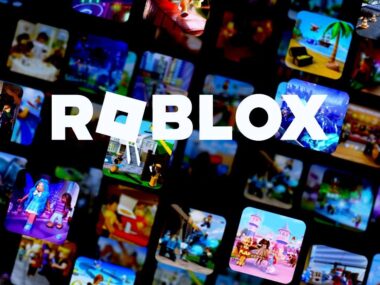The days of dumping endless photos and videos into a bottomless online vault are slowly coming to an end. Snapchat has capped its free Memories storage at 5GB. Google has ended the last path to unlimited Google Photos. Together, these moves show that tech companies are done footing the bill for our ever-growing piles of digital memories. So what happens when unlimited storage is no longer an option?
Snapchat Puts a Price on Memories
Snapchat will now charge users for extra storage for Memories. Memories are the Snaps (photos or short videos) that are saved to your account instead of disappearing after 24 hours. Free storage for Memories is capped at 5GB. Anyone who goes over the limit will either have to subscribe to a paid plan or export their Memories to their device.
The new options are tiered:
- 100GB for $1.99 per month
- 250GB for $3.99 per month (for Snapchat+ subscribers)
- 5TB for $15.99 per month (for Snapchat Platinum)
Snapchat will keep a user’s oldest Snaps while deleting newer ones to stay under the 5GB cap. There’s a 12-month grace period for temporary storage. Most people are already opting to download their Memories rather than have another bill to pay each month.
Google Shuts Down Its Last Unlimited Option
On September 30, 2025, Google quietly removed the option to sign up for the T-Mobile 2TB + Unlimited Google Photos.. It was the last remaining way to buy unlimited storage after Google pulled the plug on free unlimited uploads back in 2021.
Existing subscribers can hold on to the plan for now, but no new sign-ups are possible. For everyone else, Google Photos is capped at fixed tiers, maxing out at 2TB. Even Google, with its massive infrastructure, is unwilling to offer unlimited personal storage any longer.
Why Unlimited Became Unsustainable
The problem is bigger than Snapchat or Google. Data creation worldwide is growing at breakneck speed. By 2028, annual output is expected to hit 400 zettabytes. Storage infrastructure can’t scale nearly as fast. It takes years to build new data centers, and they come with steep costs.
Even as storage drives get cheaper, the real expense lies in running data centers. They need massive amounts of power and cooling. Global energy demand from data centers is projected to increase six-fold over the next decade. Unlimited storage, once a flashy marketing perk, is becoming more of a hassle.
Then there’s user behavior. A small percentage of people hoard staggering amounts of data. This puts strain on systems designed for average users. By capping storage or pushing tiered plans, companies can spread resources more fairly while still making money.
What Users Should Take From This
The message here is clear. Don’t rely on social platforms to store your precious memories forever. The illusion of unlimited storage is gone. Now it’s up to users to find ways to preserve all the videos they save or pictures they take.
Be intentional. Decide what’s worth saving and where it should be stored. Invest in your own external drives, cloud backups, or hybrid setups that give you control. Remember that no company will save your digital life for free forever.






